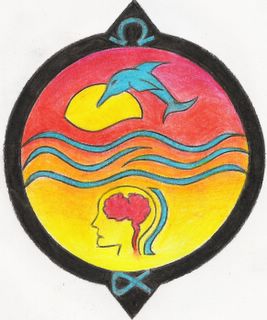PLASTICITY OF IMAGINATION
The sculptor exemplifies the creativity of purifying, sifting, structuring and refining, resting in the unusual position wherein the acts of creation and of appreciation inconspicuously merge, so that every gesture of the sculptor is tending towards his conception of beauty and perfection.
He adapts the human form to the divine purpose and at the same time disseminates divine ideas in a self-aware, but ego-less, activity. Leonardo would often give up sculptures midway because he felt he could not do adequate justice to his notion of divine perfection. Equally, Michelangelo, whenever he saw a thick and uncarved block, felt that he perceived a spirit waiting to be released.
The sculptor is in the unusual position both of rendering beauty and attenuating the redundant dross into a pure refined truth. By reducing the excesses of self, he is subjugating self in order to release it. Eye and hand are perfectly attuned, the emotional elaboration upon the rational theme; he shows a sureness of vision but a plasticity of imagination.
One could relate this to the Taoist notion of the uncarved block, which respects the integrity of the block, whether individual or collective, but also apprehends the sympathy that flows from non-being so that, when a sculptor is cutting away at himself to come to a chaster whole, he is also indirectly contributing towards the creativity of society.
The sculptor obviously provides an important model for self-examination if you think of the way he must move around his object in order to see it from every angle and from every perspective. So, too, when we are engaging in the process of self-scrutiny, it is necessary not merely to consider ourselves in terms mental, physical, spiritual, rational, but also to have an empathic distanced grasp whereby we can see ourselves from the perspectives of other people and from each angle, and thus come to a rounded wholeness while cutting away that which is superfluous.
The sculptor involves himself in a symmetrical flow whereby he is fragmenting in order to make whole, a process pregnant with important corollaries.
Man is at the gateway between mortal and immortal, and the sculptor is poised on that threshold, trying to bridge the gap between a perceptible humanity and a dimly apprehended divinity. We think of Goldmund trying to sculpt and shape the perfect feminine spirit, the feminine principle that guides the universe, although the only way that he can approach the divine conception is by amalgamating all the women that he has known and the creativity from them that he has been privileged to receive.
The prominent characteristics of the sculptor are detachment,
beauty of ideal and clarity of vision.
- PICO IYER -


0 Comments:
Post a Comment
<< Home